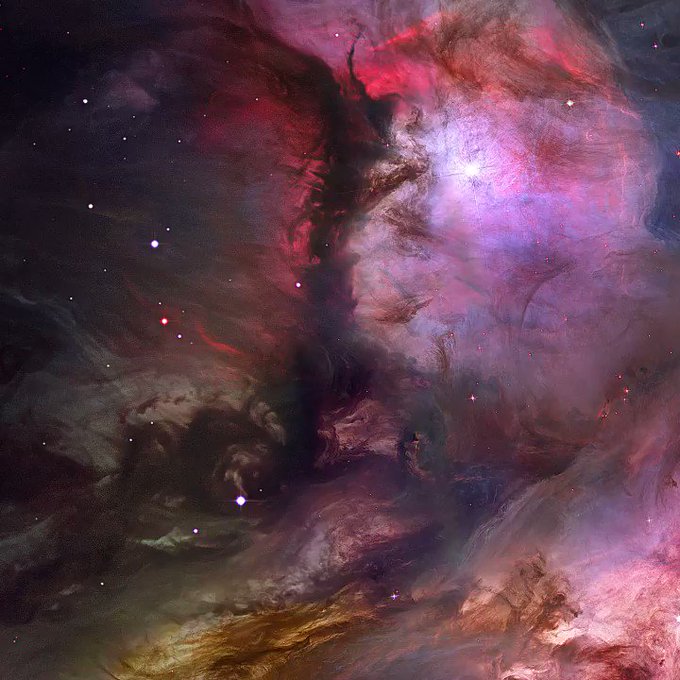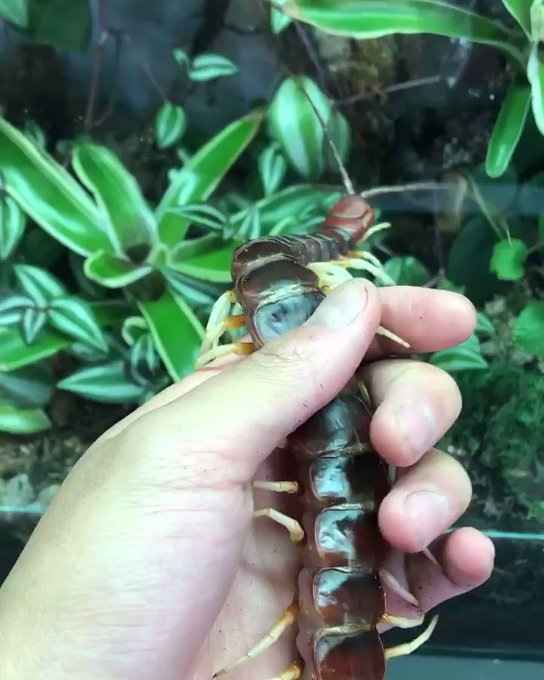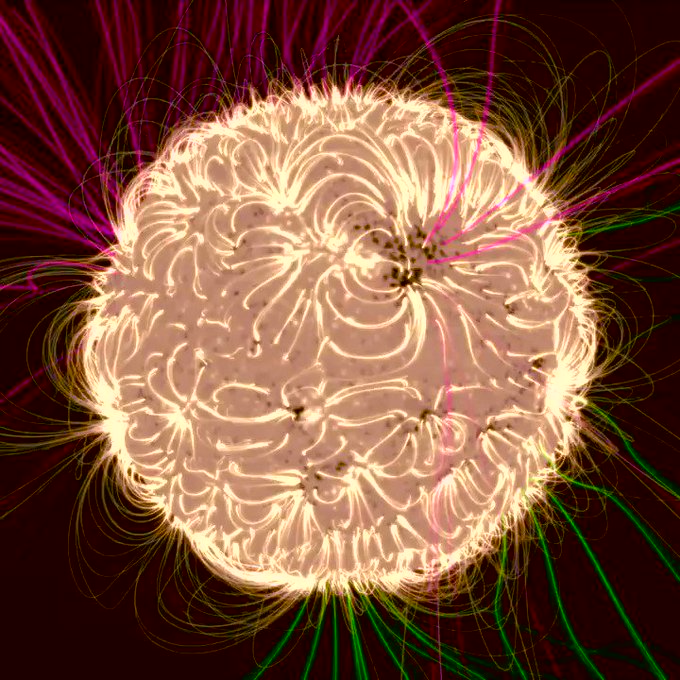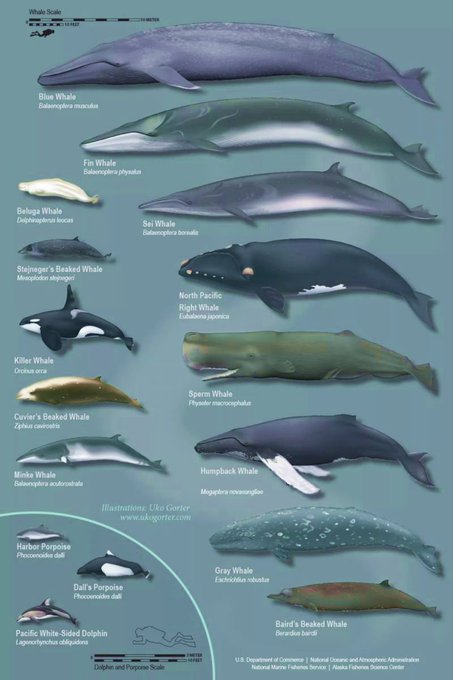The Lagoon Nebula captured by the Hubble Space Telescope.
Credit: NASA/ESA/STScI
The most detailed image of the Orion Nebula ever from the Hubble Telescope.
Credit: NASA, ESA, M. Robberto
The largest centipede species in the world, the Amazonian giant centipede (Scolopendra gigantea), can grow longer than 30cm (12 in).
via the_inverts_kingdom/ig https://t.co/wqU0LW8OaD
The sharpest ever view of the Andromeda Galaxy from the Hubble Space Telescope. Located 2.5 million light years away, the Andromeda Galaxy is the nearest major galaxy to the Milky Way and contains an estimated one trillion stars.
Credit: ESA/NASA. Source: https://t.co/Zh66G6iyBr
Visualization of the Sun's magnetic field. Credit: NASA GSFC
Beautiful photo of Earth-rise over the Moon captured by Apollo 17.
Source of the visualization: https://t.co/vx6zR3Zt7f
A collection of images from the Hubble Space Telescope of galaxies colliding. https://t.co/xf9DvY417l
The full extent of human radio broadcasts, an ever-expanding sphere announcing Humanity's presence to anyone listening, currently spans 200 light years, but is only a tiny dot compared to the Milky Way.
Credit: Adam Grossman / Nick Risinger https://t.co/LigidAX1Ma










